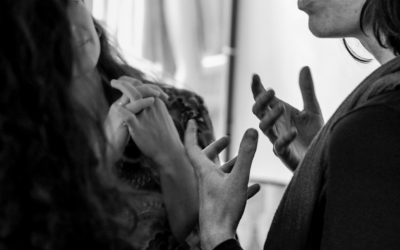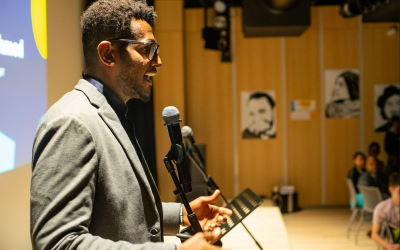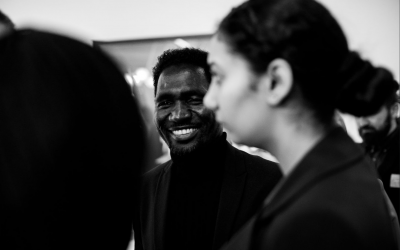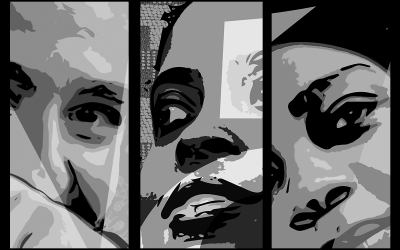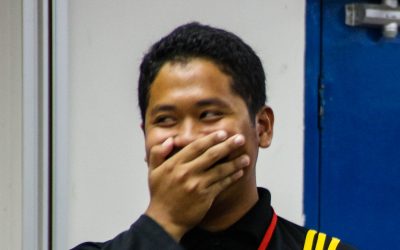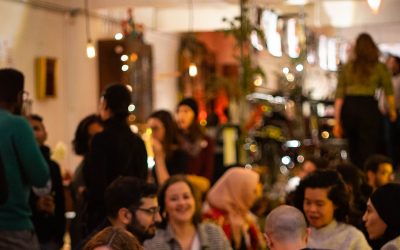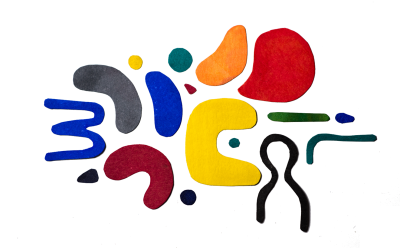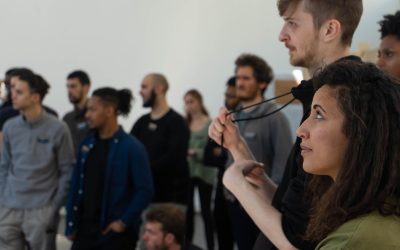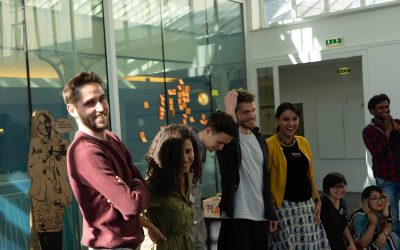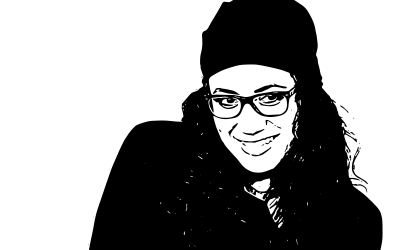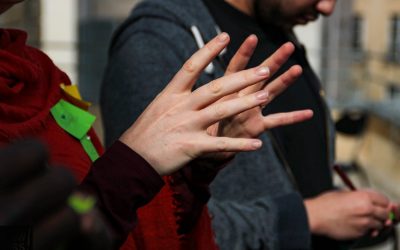Good leadership means involving many people in building a strategy - But how?
Want a lively innovation space? Share the power to host
We answer the most common questions that make up the starting point of our work with Wow!Labs, creating innovation spaces, be they permanent or pop-up, in a variety of sectors and cultures.
Language Swapping: a tool for innovation
Is it easier to be more innovative in another language? Moving away from our mother tongue can push us to more innovative behaviour.
What it Takes to Grow New Leaders
Societies all over the world are experiencing a crisis of faith towards leadership. We need to grow new forms of leadership — but how?
A guide to help you create, convene and take part meaningfully in virtual spaces
Leader in a Diverse Workspace? Here’s How to Be More Equitable
Being a remote diverse team leader, as more of us are doing, is hard. Recent developments make this a reality for many out there.
What drives innovation? — Strength? Or fragility?
Innovation is conventionally associated to strength.
Yet we at Wow!Labs believe that humans innovate based on their fragility. It is the passage from a state of perceived fragility to a state of perceived strength- and innovation- that interests us. Not So Fragile is an artistic proposition using image and text to bring that specific conversation of fragility to the table. Discover the book for free and access the online exhibition.
How to be your full YOU in online events and leave your mark
Learn to fully show up as a participant on online events and be more present to others, so that you get more value from other participants’ ideas… and your unique point of view transforms the events you show up to.
Co-written pieces with top practitioners trying out experiments in the fields of education and design, with the whole system in mind
Four ways to equip budding scientists, engineers, and designers to work with human issues, not just tech issues
We see the need to enable a new generation of technical experts who are fluent in understanding, interpreting, and improving human systems, not just technical ones. Here we share four teaching practices that educators can use to increase this critical yet under-delivered capacity.
Innovators, it’s not (only) what you do, it’s (also) who you are
Our identity, through our age, gender, colour, mother tongue, goes beyond how we freely choose to come across to others. The clear advantage is to those of us who develop awareness, language, and comfort dealing with questions of identity in its many dimensions.
Make use of your power by connecting your tribes
As participants or hosts to online spaces, we are all – consciously or not- creating new tables where we convene people, and showing up at other people’s tables. Do you have the right people with you to have the needed conversations? This is why your tribes need to connect.
How to create online people spaces that breathe and thrive
We need new spaces in which people can connect, collaborate, innovate and grow. We need these online people spaces to bring similar results across cultural and social contexts. Learn to be a part of the solution of the post-COVID-19 world.
Four ways designers can use their craft to empower others
Design is often framed around creating “solutions,” which can run the risk of forgetting about the long term agency and ownership of the people we are creating those solutions for. What are we doing to facilitate a creative process that lives on after we are out of the picture? Here are some simple approaches to begin integrating this mindset into your creative practice. It’s up to all of us, and especially the new generations of designers, to reinvent new ways of working with people.
Co-written with Minnie Bredouw.
Craving for Europe to be more innovative? Migration can help!
If we want to create new conversations, solutions and models in key sectors, we need new points of view. For innovation’s sake, it’s vital to invest in talent that is not in “the box” that we are trying to think “out” of.
Building innovative teams: 3 secrets to help you build teams that ROCK at innovation
Experimenting consistently creating spaces, events and experiences for people to learn to innovate across sectors and countries for the last decade has brought us knowledge of the variables at play in forming innovative teams. Here are some of the principles we apply to maximize chances of cross-fertilization of ideas, and therefore of successful team innovation.
Want to encourage innovation? Create environments that make people feel at home- but not too much
Is there a secret sauce to creating spaces, events and experiences that generate innovation? We’ve found that to be at their most creative, people need both familiarity and disruption. Environments that are most conducive to new results are those where people feel both at home and off-balance at the same time.
The impact of an image: creating a new visual language for migration
How does the way in which people are represented visually through media affect the way we relate to each other? Can art and design help?
Innovators need feedback, not advice. Here’s how to make sure they get it.
“Let me tell you something” is a linguistic reflex that tells a long story: giving pre-packaged advice and transmitting common sense we’ve accumulated prevents many new ideas from becoming full-fledged models that work. Here are tools we’ve created to prevent that.



